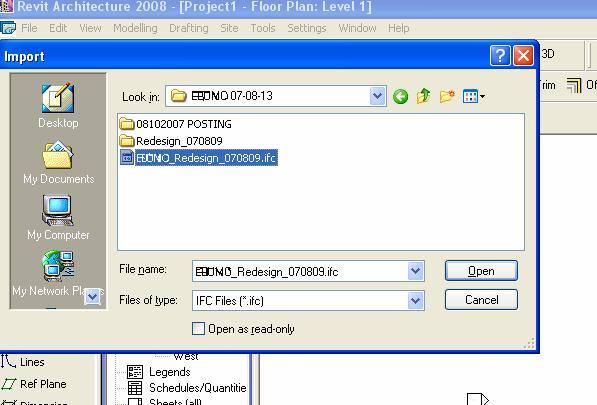

Printable PDF version
Subscribe to our newsletter
Why Project Costs Vary
Office Design Issues
Value Engineering
IFCs - Industry Foundation Classes
Construction
Management Specialists
111 Pine Street, Suite 1315
San Francisco, CA 94111
(415) 981-9430
www.TBDconsultants.com
Escalation starts to tame down, but why have some projects seemingly been affected more by recent escalation than others? In this article we look at some of the special drivers affecting the cost of construction projects.
The office has not been replaced by telecommuting as many were suggesting a few years ago. In this article we look at some of the special issues influencing the design of office buildings today.
Value Engineering has taken a higher priority as project costs have raced past budgets, but should Value Engineering really be centered on cost? In this article we look at what VE is and how it is conducted.
Geoff’s IT Gems
IFC – Industry Foundation Classes
The real advantage of BIM (Building Information Modeling) occurs when all members of the design team can collaborate on the model. This can, among other advantages, eliminate inconsistencies, identify conflicts, and speed the design process.
But does this mean that all design disciplines must use the same software? Happily, the answer to that is ‘No’.
The IAI (International Alliance for Interoperability), which is a division of the ISO (International Standards Organization), developed the IFC standard as a method for storing information about 3D real-world objects, such as buildings, in a format that is easily transferable between applications. The standard has information stored in a standard text file, which is the easiest format for any computer system to access. You can even open an IFC file in Notepad.

The IFC system defines how information on building elements, life-cycle information, etc., is to be recorded, and specific modeling software maps its internal format to the IFC standard allowing the software to import from and export to IFC files.
As an example, on a recent project the architect was designing the building using ArchiCAD, while we were using Revit architectural 2008 (which has now achieved full IFC 2x3 certification). The architect exported their model to an IFC which we retrieved from their FTP site and then imported it into Revit, and we could then create the schedules and databases we required for estimating and scheduling purposes.

A number of free IFC applications are available, including viewers, some of which will provide walk-through ability.
It is, of course, the responsibility of the software developers to implement the requirements of the IFC format, and a few problems have been experienced occasionally in the transfer of a model from one application to another. However the system generally works as advertised and we can expect the problem issues to be resolved as software developers get more experienced with their use.
Design consultant: Katie Levine of Vallance, Inc.